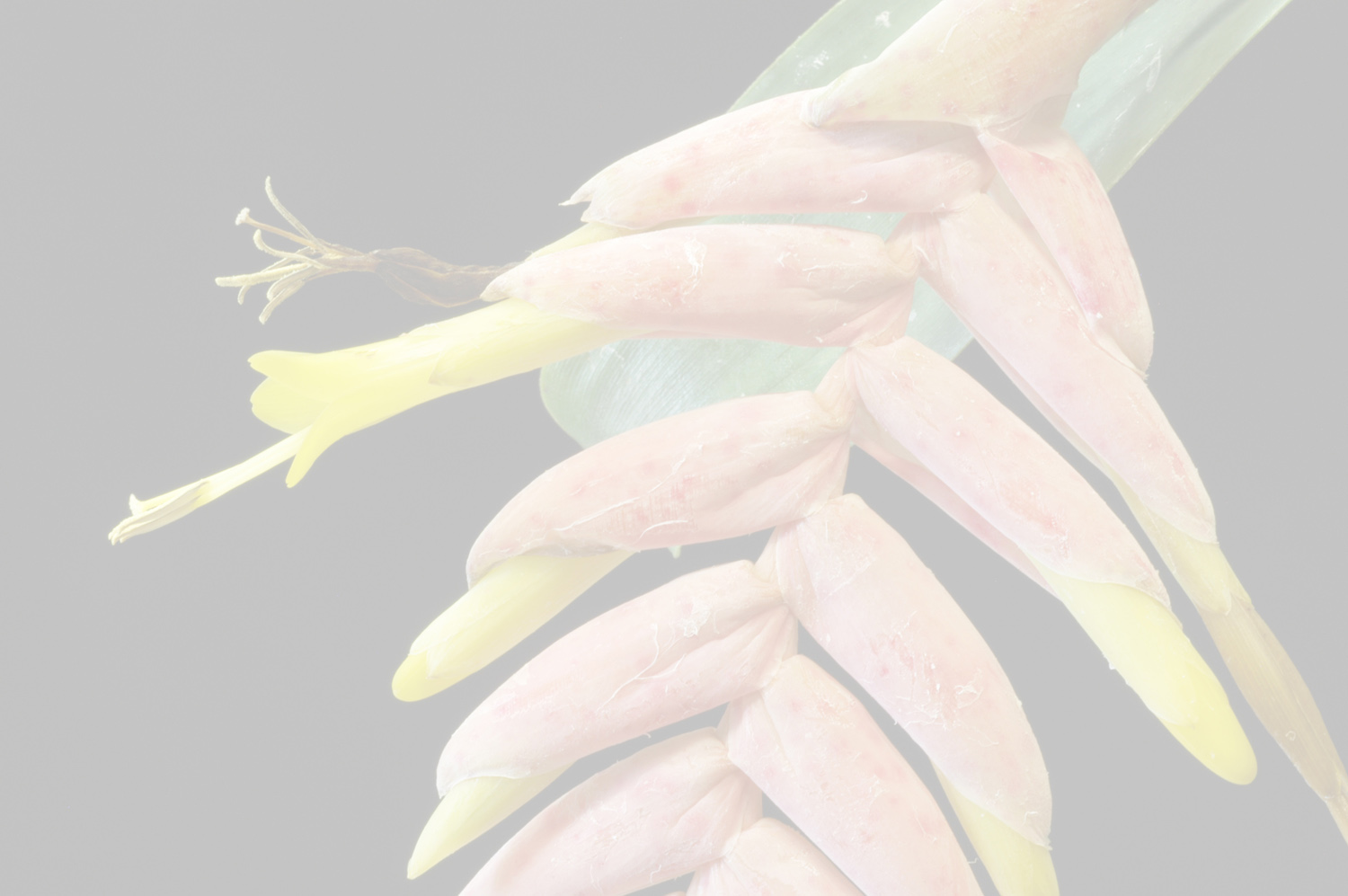Vriesea cipoensis O.B.C.Ribeiro, C.C.Paula & E.E.Guarçoni
Literature references:
Comments:
- Vriesea cipoensis was found growing as a saxicole in association with Velloziaceae species on quartzite outcrops forming a comparatively small remaining population.
Notes
Serra do Cipo National Park is a 33,800 hectare public conservation unit established on 25 September 1984 by the Federal Decree no 90.223 (official website), located in Minas Gerais State, covering the municipalities of Jaboticatubas, Santana do Riacho, Morro do Pilar and Itambe do Mato Dentro, It is situated in Espinhaco Range, with a predominance of "Campos Rupestres" (grasslands on rocky soils) vegetation. The park shelters a peculiar bromeliad flora, including unusual endemic species originally described from the area (i.e., type locality), including Encholirium heloisae (L. B. Sm.) Forzza & Wand., Orthophytum mello-barretoi L. B. Sm., Vriesea atropurpurea A. Silveira and Vriesea stricta L. B. Sm.
Despite the existence of some specific botanical investigation on the Bromeliaceae in the boundaries of the Serra do Cipo National Park by Wanderley & Martinelli (1987), Forzza & Wanderley (1998) and the master's dissertation conducted by Coffani-Nunes
(1997) who listed seven species of Vriesea for the area, there are new taxa yet to be discovered in this conservation unit, as shown by the new species proposed: —See J. Bromeliad Soc.
- Vriesea cipoensis was found growing as a saxicole in association with Velloziaceae species on quartzite outcrops forming a comparatively small remaining population. —See Ribeiro et al 2009

